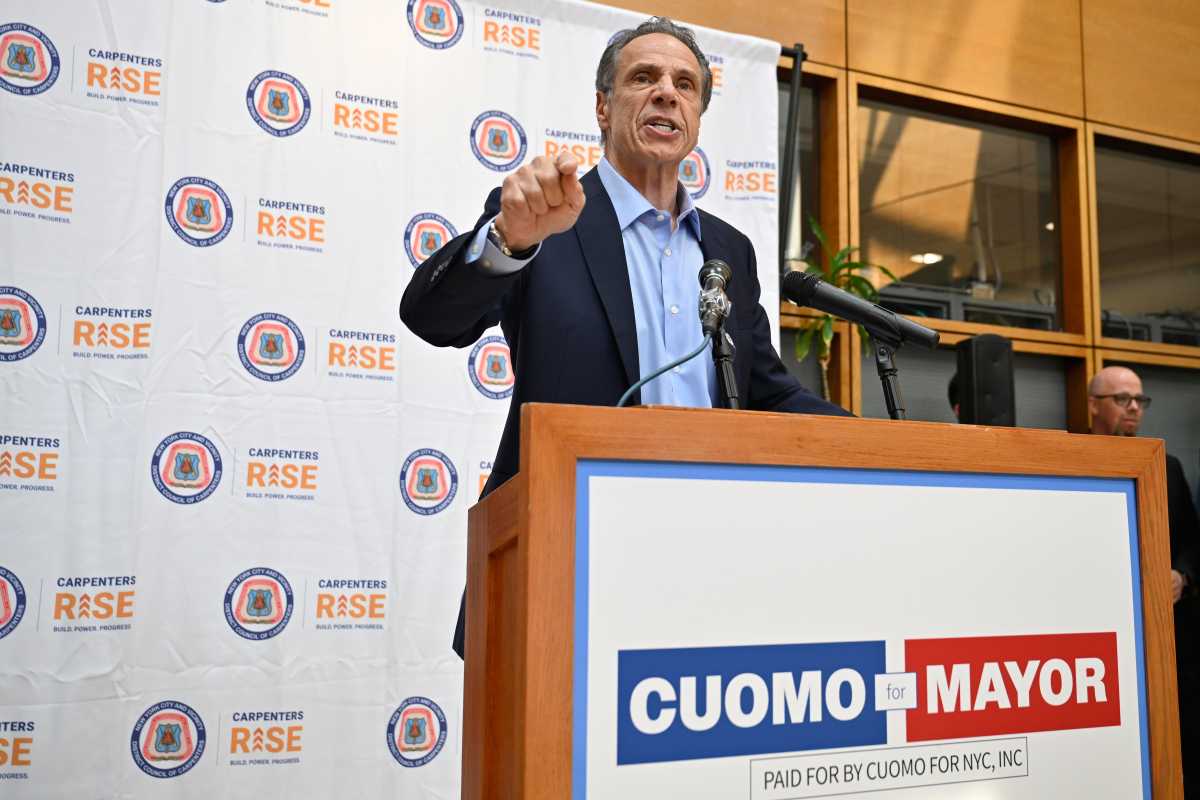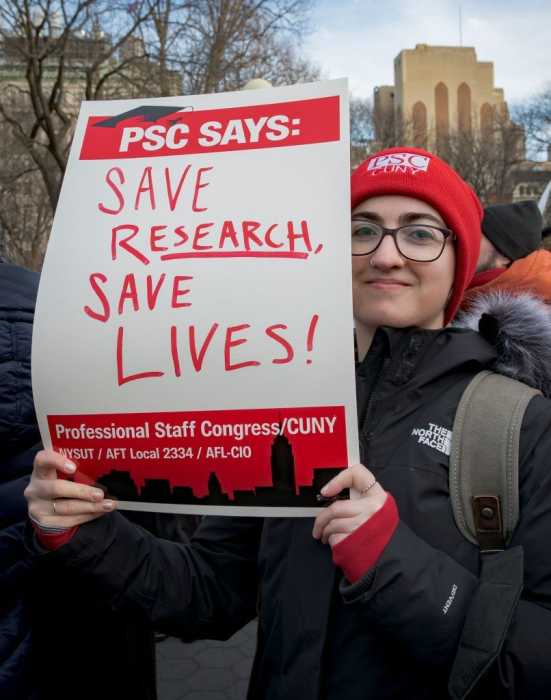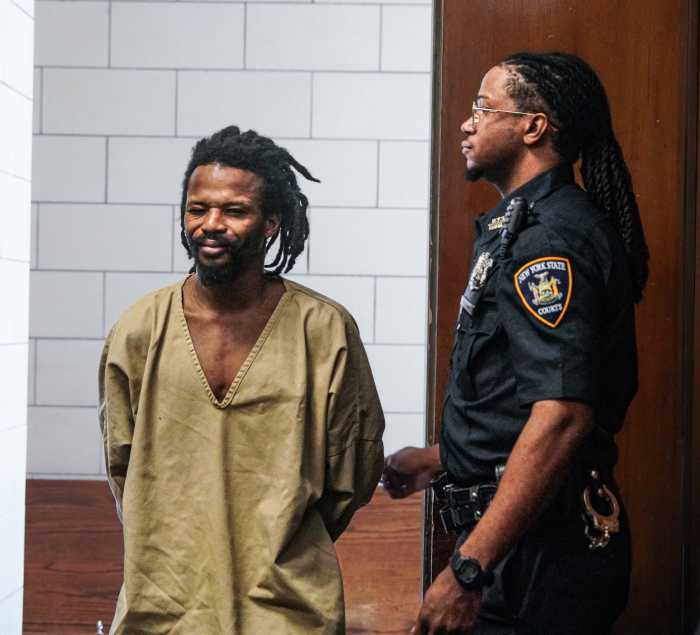By Rory I. Lancman
There are many ways that Queens gets the short end of the stick when it comes to city funding, and the allocation of resources to the Queens District Attorney’s Office is no exception.
The Queens DA’s office is home to just over 300 assistant district attorneys, or ADAs — significantly fewer than Manhattan, Brooklyn, and the Bronx, which each employ more than 500 ADAs. In this year’s budget process, the City Council’s Committee on the Justice System, which I chair and oversees the district attorneys, will be asking the city to fairly fund the Queens District Attorney’s Office.
If the disparity was due to lower crime rates or number of cases, that would be one thing, but there is no public safety rationale to explain why Manhattan, Brooklyn and the Bronx all have far more prosecutors than Queens. In fact, an analysis of total arrests by borough shows that in 2017 Queens had nearly as many felony arrests as Manhattan and the Bronx, and that there were more than 36,000 misdemeanor arrests in Queens alone. Prosecutors have a vital job in our community. They help keep us safe, while ensuring that the justice system is fair and equitable for all.
This discrepancy leaves Queens ADAs overstretched, overworked, and maintaining caseloads far larger than their counterparts in other DA’s offices. In 2017, the average ADA in Queens was handling 179 total cases, far exceeding the combined average caseload of 131 cases for ADAs in Manhattan, Brooklyn and the Bronx. With staff stretched so thin, it makes it more difficult to invest time in resource intensive investigations or quickly respond to emerging threats, like the opioid epidemic. An office as successful as the Queens DA’s Human Trafficking Unit should be staffed by more than one prosecutor.
Overloaded ADAs can have real consequences in the courtroom. Burdened by massive caseloads, prosecutors can struggle to put the appropriate preparation and time into each case. Simply put, there is not enough time in the day for each ADA to manage so many cases. Fewer cases could allow prosecutors more time to think creatively about the best ways to seek justice for victims and prevent defendants from reoffending. It is not about locking more people up. An overwhelmed prosecutor has less time to listen, less time to consider and less time to seek out effective alternatives.
The solution to the headcount disparity is obvious — the Queens DA needs greater city funding to close the gap and staff up appropriately. If we ask our prosecutors to do too much with too little, we may not like the result.
This guest editorial was written by Council Member Rory I. Lancman (Hillcrest)




































